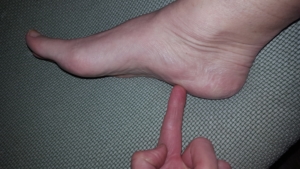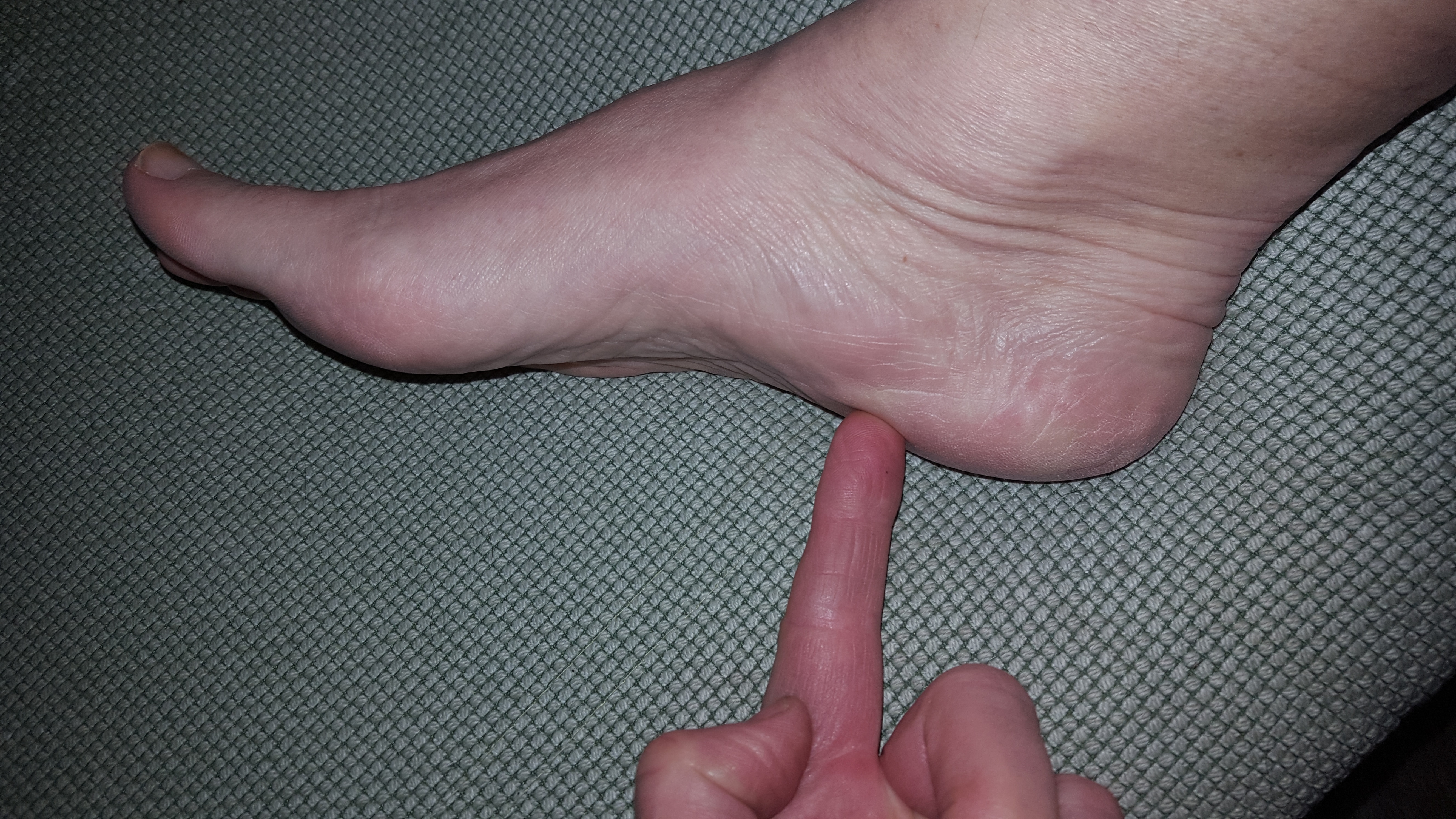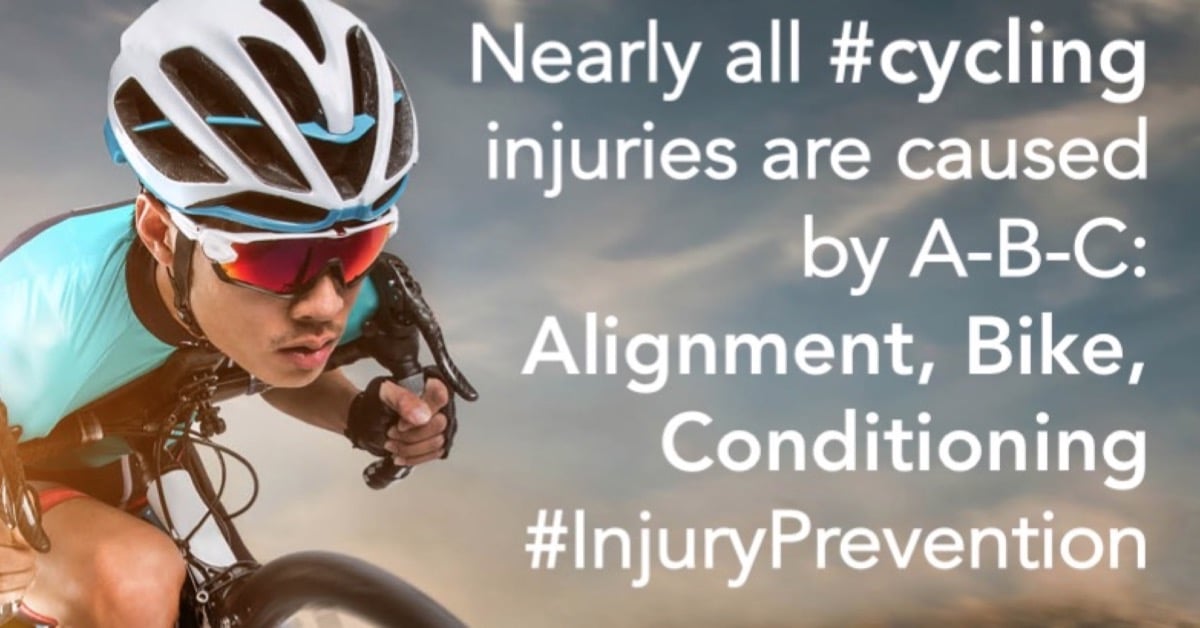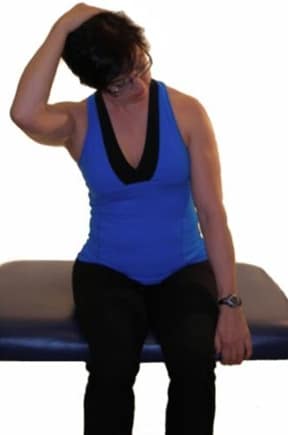Spring is on its way! And at this time of the year that I often find people limping in to my massage clinic. The majority of them will be complaining about heel pain, often so sore that they have difficulty putting their foot down first thing in the morning. The pain is worse after standing and often when climbing stairs. Sometimes called Policeman’s Heel, the correct name of this condition is Plantar fasciitis.

Plantar fascia attachment into heel bone.
The trouble usually strikes here under the heel where a thick band called the plantar fascia attaches to the heel bone. In basic terms this holds the sole of our foot together and transfers muscular force as we walk and run.
Many of us change our shoes as the weather becomes warmer. A drastic footwear change puts us at risk of succumbing to heel pain so here is some helpful information.
Why does this put us at risk?
When we were cave men our bare feet were strong and used constantly for walking and climbing. Today we have almost the same foot structure but most of our feet are weak as we have been in shoes since we started to walk. Our feet are rarely exercised properly and weak muscles and sedentary lifestyles lead to the feet flattening out. This is exacerbated by poor footwear choices.
If the foot is in a high heel the plantar fascia, is on a slope and it tightens. Not only that but high heels cause the calf muscles to tighten up too. Both the plantar fascia and the calf muscles attach to opposite ends of the heel bone so this is under stress from both sides. Suddenly your feet find themselves in something flat like a flip flop and can’t stretch out to the new position. The point of most stress is at the edge of the heel bone under the foot and this is usually where heel pain starts.
I can imagine the guys are starting to switch off here, except the ones that like to wear stilettos at the weekend. Because although most of you don’t wear high heels (in public anyway) the transition from a city shoe to a flip flop or bare feet on a warm weekend can lead to trouble. Your feet will need to do some work for a change instead of clomping around in the boxes known as shoes. The gripping action of the toes on the flip flop or the ground will be unusual exercise. Even if you think you are a caveman your feet may be in for a shock!
Once plantar fasciitis really sets in it can take several months to get rid of it. So if you start to get pain under your heel take action straight away. Here are 4 things you can do which should help.
4 Self help techniques
Rest the foot as much as possible or at least stop doing the thing that started the problem.
Wear shoes with good cushioning and an arch support.
Stretch your calf muscles and the underside of your foot.
Take a golf or tennis ball and use it as a massage aid. You can do this by rolling the ball firmly under your foot. Ice will help bring down the inflammation so you could take a small plastic drinks bottle, two thirds fill with water and freeze. Use this as an ice roller under your foot.
If you quickly apply the home remedies above you should soon be back to normal. But if pain persists I recommend you see a sports massage therapist as there are several other treatment techniques that can help. Don’t think pain will just go away. If it doesn’t you could be in for months of inconvenience and I want you all to enjoy your summer.



